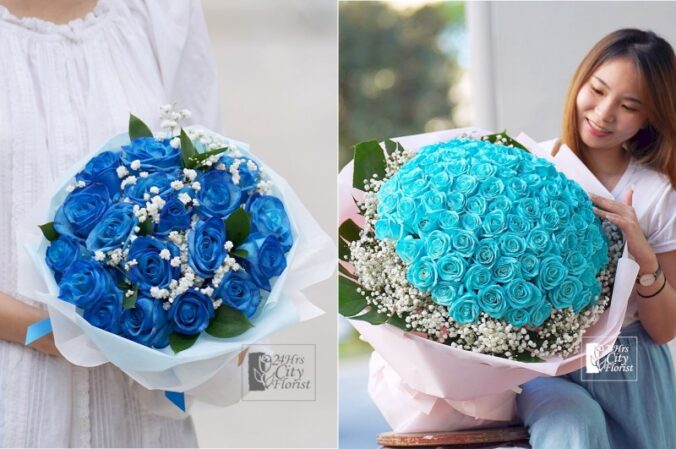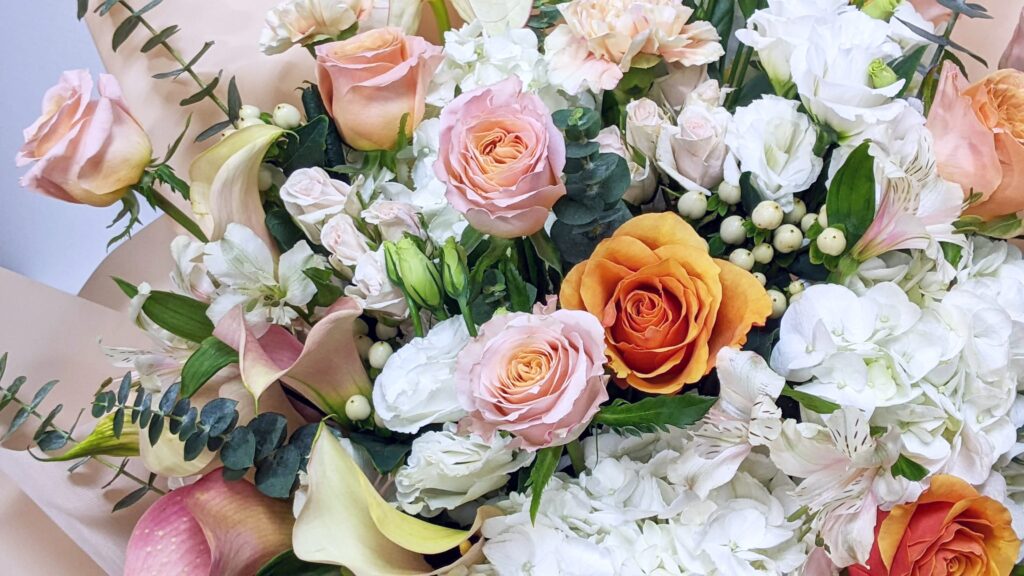It is without a doubt that flowers play an essential role in gift giving across the world. Roses, lilies, peonies – each one of these flower species each have their significant backstories as to why they are gifted for a certain occasion. The floriculture industry as a whole was worth 49 billion USD in 2020, which highlights the prominence of how flowers do hold a stake in gifting, for both the young and old.
As many people would agree, flowers are listed highly among the types of gifts commonly given, whether it be Valentines’ Day or Mothers’ Day. Florists providing flower delivery are like the conduit connecting flowers to the masses. Most people would be able to identify flowers by their appearances. However, if one were to stop and think for a moment – how much do they actually know about these colourful blooms?
The extremities of the Titan arum
Did you know that the Titan arum, more frequently known as the Rafflesia, was crowned the largest flower in the ecosystem? Native to Sumatran and Bornean rainforests, the Rafflesia flower trumps every flower in size. Apart from its characteristic large, orange petals, each measuring as large as 1 meter in diameter, it also has a smell that sets it apart from the others.
Given how it is often referred to as the ‘corpse flower’, it isn’t difficult to infer that the flower has a somewhat putrid scent to it, many linking the smell of the flower to be akin to ‘dead flesh’. Apart from its unique characteristics, there are claims made that the Rafflesia is able to provide some sort of medicinal usage for birthing women, among others.
Rare colours in the wild
Chlorophyll is a green pigment found in leaves of a plant. Its ability to give leaves its characteristic light or dark green colour is common knowledge for many. However, how do flowers get their colours that stretch across the spectrum? Well, the simple answer to this question is that they obtain their respective colours through evolution and natural selection.
How often is it that one encounters blue flowers as compared to red ones in a garden or on a walk in the forest? It might be a common sight to see these colours equally as often, ridden all across green fields, but researchers have discovered that the colour blue is the rarest one in nature, and that does not exclude the pigmentation of flowers.
At first glance, that may seem odd, since blue flowers are seemingly a common sight, whether it be in nature or in stores. However, looks can be deceiving, as a true blue pigment is said to not exist in nature! How colours are seen by the human eye has a huge role to play in this discovery, as the blue in most flowers is a play on light refraction against microstructures on the flower petals, and not actual pigment. With that being said, the blue in flowers, whether truly pigmented or reliant on microstructures, still translates a sense of trust and commitment to the person on the receiving end, regardless.
Flowers worth more than gold
For a flower to be worth more than gold, it definitely has to hold extreme significance. That was true in the case of the tulip flower, where they were highly regarded in Holland due to their vibrance, and scarcity due to its slow propagation. These blooms were initially introduced by the Ottoman Empire into Europe in the 16th century, and quickly skyrocketed in popularity soon thereafter, eventually spreading its influence into the Netherlands. Multicolored tulips that were wildly popular in the 17th century
The reach of these historical tulips increased dramatically as they presented in a beautiful blend of colours, which was rare, and thus were seen as fashion statements and status symbols for rich Dutchmen. This phenomenon in which historians observed an astronomical demand for tulip bulbs is often referred to as ‘Tulipmania’. At one point in the 17th century, the value of a tulip was an estimated $1,500 – multiple times the value of gold at that point in time!
Tulips, being one of the first blooms of the springtime and the representative of unconditional love, makes a thoughtful gift for a significant other or family member. Tulip bouquets are very sought after in this modern world for their variety of colours and gentle blooms.
Scientific names and their origins
Occasionally, flowers are addressed by their scientific names in journals and articles. How did these names come about, and what is its significance to the flower?
As a general rule, flowers are named in Latin, as it was once a universally understood language. The flowers follow a naming system where the first name is its genus, followed by the second name, which is its species. For instance, the white lily’s scientific name, Lilium candidum, follows this naming system. Lilium refers to the genus of the plant, and is used as an ‘umbrella term’ for all species of lilie. Next comes candidum, the species of the lily, termed the ‘differentiator’ between the different lily types. The lily is widely known to be presented as wake or funeral flowers, as they signify peace, innocence and purity.
Flowers are sometimes also named after the discoverer’s Latinised name, with one example being the dahlia. Majorly known as the symbol of beauty and kindness, the dahlia was named after Anders Dahl, a disciple of Carl Linnaeus, who was deemed by many as one of the most influential people who had a part to play in the standardisation of flower names. Dahlias are also known to be steadfast in nature, thriving even in conditions unfavourable for other flowers.
This article barely scratches the surface of the wondrous world of flowers, and there is far more than meets the eye when it comes to these petalled blooms. Read more about the 12 Most Popular Bouquets in Singapore.
written by Elyse Lee






Leave a Reply